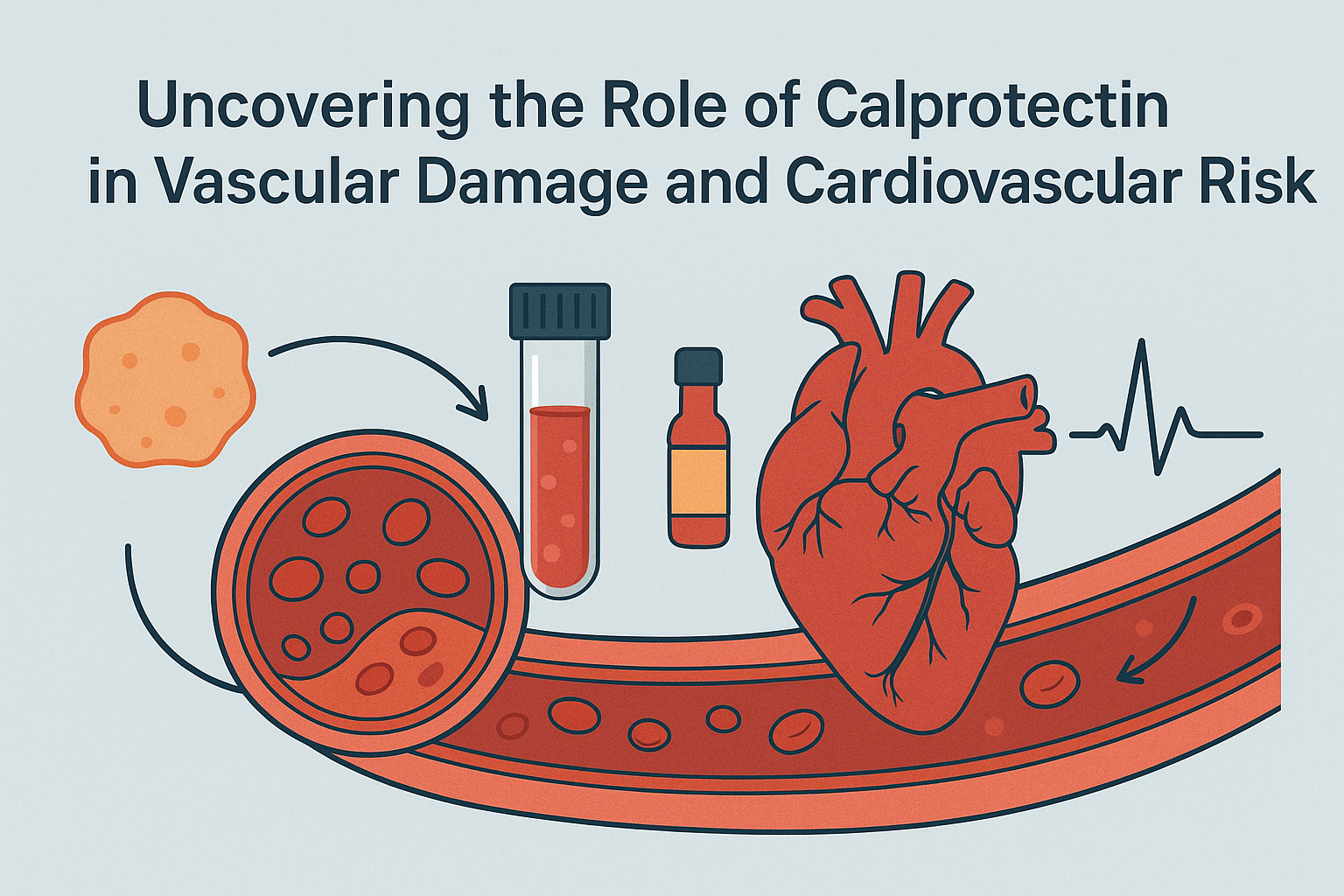
The study explored the link between calprotectin—a protein released during inflammation—and the risk of developing atherosclerotic cardiovascular disease (ASCVD), which includes conditions like heart attacks and strokes. Researchers followed over 2400 people from a racially diverse population in Dallas for eight years, measuring calprotectin levels in their blood and observing who later experienced heart-related events. They found that people with higher levels of calprotectin were more likely to have such events, even after accounting for other known risk factors like age, blood pressure, cholesterol, and diabetes. This suggests calprotectin might be a useful early warning sign for heart disease.
The research also went beyond simple observation. Scientists tested calprotectin in lab-grown human blood vessel cells to understand how it might cause harm. They discovered that calprotectin damages the lining of blood vessels, reduces the production of nitric oxide (which normally helps keep vessels relaxed and healthy), and makes the cells behave more like scar-forming or muscle cells—changes that promote plaque buildup and artery stiffening. This transformation, known as EndoMT, is a known contributor to heart disease. Calprotectin also appeared to encourage cell growth and movement, further supporting its role in artery damage.
Notably, calprotectin levels were higher in people with other risk factors like high blood sugar, smoking history, and existing cardiovascular problems. The study’s strength lies in its diverse participant pool and its combination of human data with laboratory experiments, making its conclusions more robust. However, since calprotectin was only measured once, and some related biomarkers weren’t tracked alongside it, further studies are needed to confirm how well it can predict heart disease or whether it can guide treatment.
Overall, the findings suggest calprotectin is more than just a byproduct of inflammation—it may actively drive artery damage and heart disease, making it a promising candidate for future diagnostic tools. But more research is needed before it becomes part of routine care. Would you like a visual diagram of how calprotectin affects blood vessels?
Source: https://jamanetwork.com/journals/jamacardiology/fullarticle/2833589

